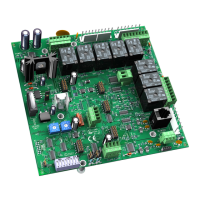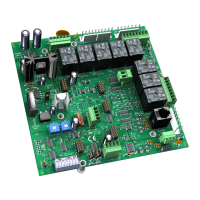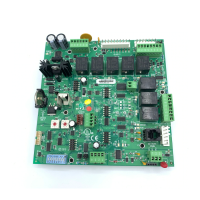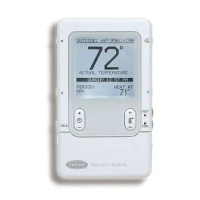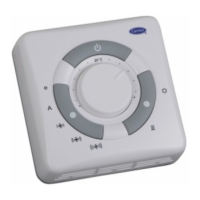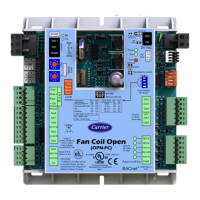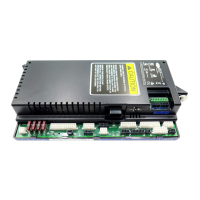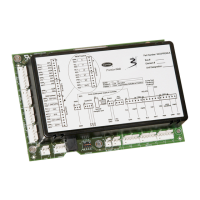Configuring i-Vu® Open Link Driver Properties
i-Vu Open Link Carrier Proprietary and Confidential CARRIER CORPORATION ©2017
Installation and Start-up Guide All rights reserved
22
Notification Classes
Alarms in the i-Vu® or Field Assistant application use Notification Class #1. A BACnet alarm's Notification Class
defines:
• Alarm priority for Alarm, Fault, and Return to Normal states
• Options for BACnet alarm acknowledgment
• Where alarms should be sent (recipients)
NOTE BACnet defines the following Network message priorities for Alarms and
Events.
BACnet priority for Alarms.
BACnet priority for Fault messages.
BACnet priority for Return-to-normal messages.
Ack Required for Off-Normal,
Fault, and Normal
Specifies whether alarms associated with this Notification Class require a BACnet
Acknowledgment for Off-Normal, Fault, or Normal alarms.
TIP You can require operator acknowledgment for an Alarm or Return-to-
normal message (stored in the i-Vu® or Field Assistant database). In the i-Vu® or
Field Assistant interface on the Alarm > Enable/Disable tab, change the
acknowledgment settings for an alarm source or an alarm category.
The first row in this list is the i-Vu® or Field Assistant application. Do not delete
this row. Click Add
if you want other BACnet devices to receive alarms associated
with this Notification Class.
Name that
appears in the
Recipients
table.
Use Address (static binding) for either of the following:
• Third-party BACnet device recipients that do not support dynamic binding
• When you want alarms to be broadcast (you must uncheck Issue Confirmed
Notifications). This use is rare.
The days and times during which the recipient will receive alarms.
Recipient Device Object
Identifier
Type the Device Instance from the network administrator for third-party devices)
in the # field.
Change for third-party devices that use a BACnet Process Identifier other than 1.
The i-Vu® or Field Assistant application processes alarms for any 32-bit Process
Identifier.
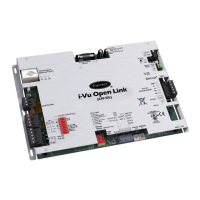
